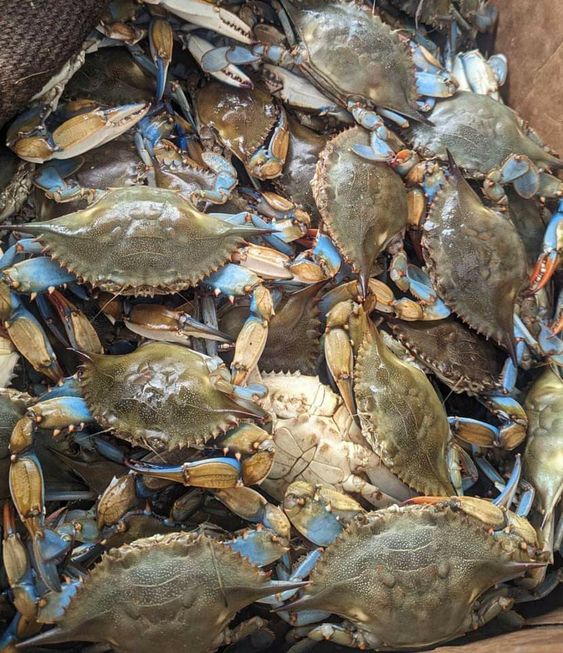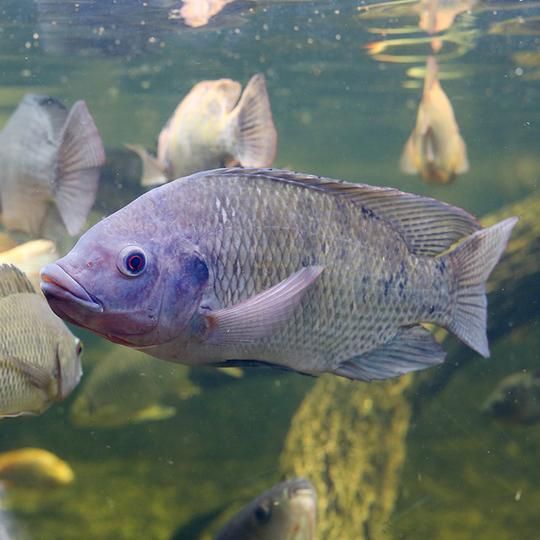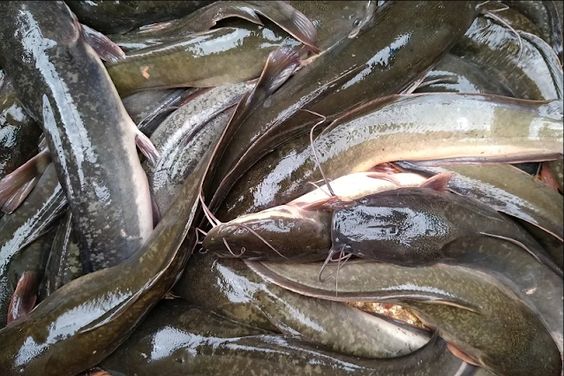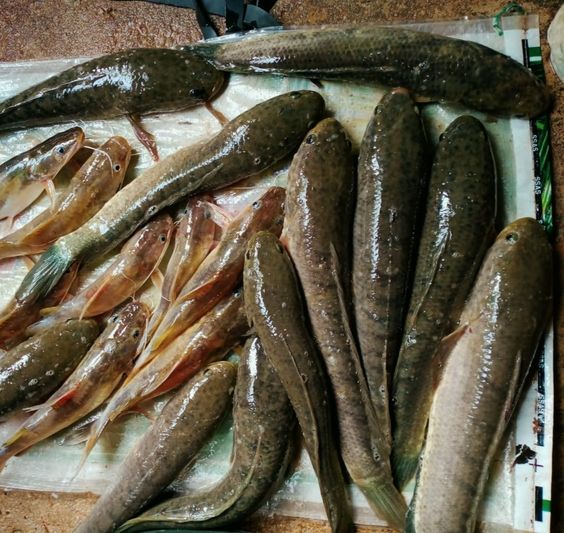A Comprehensive Guide to Cultivating Soft Shell Crabs
Soft shell crabs, prized for their delicate texture and sweet flavor, are a delicacy in many culinary traditions, especially in seafood-rich regions. These crabs are not a separate species but rather a stage in the life cycle of a crab, specifically the moment when they shed their old exoskeleton to grow into a new, larger one.
This molting process is what makes them “soft shell” crabs. Cultivating soft shell crabs has gained significant attention in the aquaculture industry due to the increasing demand for this unique product.
In this article, FnB Fishery will explore the lifecycle of crabs, the process of cultivating soft shell crabs, the environmental and nutritional factors involved, and the challenges and market prospects associated with their cultivation.
Read Also: The Crab Processing Industry, A Comprehensive Overview
Contents
- 1 Understanding Soft Shell Crabs
- 2 The Lifecycle of Crabs
- 3 Setting Up a Soft Shell Crab Cultivation System
- 4 Nutrition and Feeding for Soft Shell Crab Cultivation
- 5 Managing Molting and Harvesting Soft Shell Crabs
- 6 Challenges in Cultivating Soft Shell Crabs
- 7 Market Demand and Economic Viability
- 8 Conclusion
Understanding Soft Shell Crabs

Before diving into the details of soft shell crab cultivation, it’s essential to understand what soft shell crabs are. Soft shell crabs are crabs that have just molted, or shed their old exoskeleton (also called a carapace), in order to grow.
This happens when a crab outgrows its hard, protective shell and needs a new, larger one to accommodate its growing body. During this period, the crab’s new shell is still soft and vulnerable, which makes it a sought-after product in the culinary world due to its tender texture.
The process of molting usually occurs multiple times in a crab’s life as it matures from a larva to a juvenile and then to an adult. Once the crab has molted, it remains soft for a short period before its new shell hardens, rendering it a “hard shell” crab again.
The Lifecycle of Crabs
To cultivate soft shell crabs successfully, one must first understand the lifecycle of the crabs being farmed. The lifecycle begins when a female crab releases eggs, which hatch into larvae.
These larvae undergo several developmental stages before reaching juvenile status. Juvenile crabs will eventually grow to adulthood, at which point they undergo the molting process.
Stages of Molting
The timing of molting is critical in soft shell crab farming. A crab will typically molt around 12–15 times during its lifetime, but it is the molt that occurs after the crab reaches its mature size that is of the most interest to crab farmers. This is the period when crabs are soft, tender, and ready for harvest.
Crabs molt when they feel they have outgrown their existing shell. This biological process is influenced by various factors, including water temperature, salinity, nutrition, and even stress levels.
Setting Up a Soft Shell Crab Cultivation System
A well-structured cultivation system is essential for the successful farming of soft shell crabs. The first step is selecting the right species of crab to farm.
The blue crab (Callinectes sapidus) is the most commonly farmed species for soft shell crab production. These crabs are known for their fast growth rates and suitability for aquaculture.
Ideal Water Conditions
Next, creating the ideal environment for the crabs is crucial. Soft shell crabs thrive in brackish water environments, typically found in coastal regions, but can also be cultivated in tanks or ponds under controlled conditions. The ideal water conditions for soft shell crabs include:
- Temperature: Crabs prefer water temperatures between 20°C and 28°C (68°F to 82°F).
- Salinity: A salinity level of around 15–30 ppt (parts per thousand) is ideal.
- pH: The water should have a pH level between 7.5 and 8.5.
Nutrition and Feeding for Soft Shell Crab Cultivation
Proper nutrition is vital for crabs, especially as they prepare to molt. During the juvenile stages, crabs require a high-protein diet to support their rapid growth.
As they approach the molting phase, a balanced diet rich in vitamins and minerals is essential for ensuring successful molts.
Types of Food for Soft Shell Crabs
Common types of food for crabs include:
- Live bait such as small fish, shrimp, and mollusks.
- Formulated pellets designed specifically for crab species, providing balanced nutrition.
- Algae and other plant material for a more natural diet.
Managing Molting and Harvesting Soft Shell Crabs
The key to soft shell crab cultivation lies in managing the molting process. Crabs molt only when they are ready, and timing is crucial in harvesting soft shell crabs.
Farmers must closely monitor the crabs as they approach molting time. This period can be unpredictable, but certain signs, such as increased feeding behavior and changes in shell appearance, can indicate that molting is imminent.
Handling Soft Shell Crabs During Molting
Once the crabs molt, they are extremely vulnerable, as their new shells are soft and susceptible to damage. During this period, crabs must be handled with care to avoid injury. The crabs should be removed from the molting area to prevent cannibalism or injury from other crabs.
The window for harvesting soft shell crabs is short—typically only a few hours to a day after molting before the new shell hardens. Therefore, it is essential to harvest them at the right time. Post-harvest, soft shell crabs should be carefully stored, usually in ice or chilled water, to preserve their tenderness and prevent spoilage.
Challenges in Cultivating Soft Shell Crabs
Cultivating soft shell crabs is not without its challenges. The most significant hurdle is managing the delicate molting process.
Any disruption in water quality, temperature, or nutrition can lead to failed molts or weaker crabs. Additionally, soft shell crabs are highly vulnerable to diseases, which can spread quickly in farm environments.
Another challenge is preventing injury during handling, as soft shell crabs are delicate and prone to damage. Farmers must carefully monitor each crab’s condition, ensuring that they are not stressed or injured during the molting and harvesting stages.
Market Demand and Economic Viability
The demand for soft shell crabs has been rising globally due to their popularity in high-end restaurants and seafood markets. Soft shell crabs are often used in various dishes, such as deep-fried crab sandwiches, crab cakes, and sushi.
As a result, the market potential for soft shell crabs is significant, and farming these crabs can be quite profitable. However, soft shell crab farming requires a substantial initial investment in infrastructure, technology, and ongoing care.
Farmers must also navigate export regulations if they wish to sell internationally. Despite these challenges, with proper management, soft shell crab cultivation can be a rewarding venture.
Conclusion
Cultivating soft shell crabs offers an exciting opportunity for aquaculture enthusiasts and seafood entrepreneurs. By understanding the lifecycle of crabs, creating optimal farming conditions, and managing the molting process, it is possible to produce high-quality soft shell crabs for the market.
While challenges such as water quality management, disease prevention, and harvesting timing remain, the growing demand for soft shell crabs makes this an economically viable and promising industry. With the right setup and care, anyone can get involved in this fascinating aspect of seafood production.






